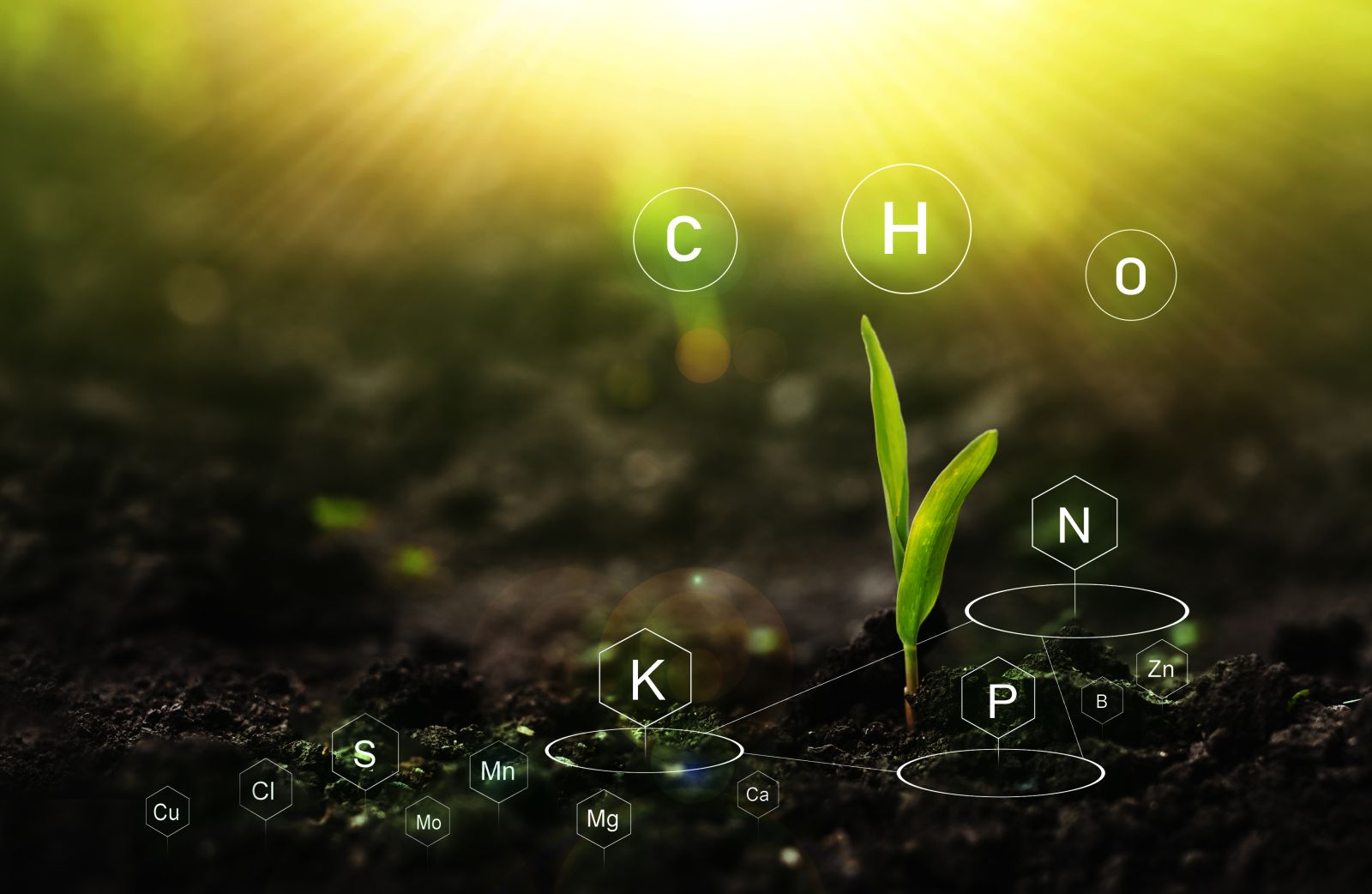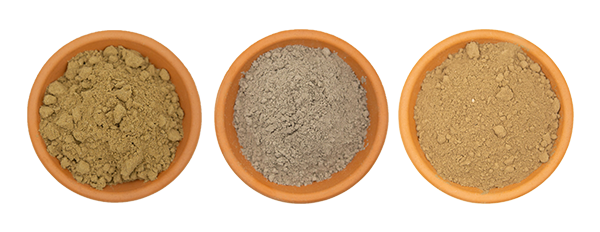Hydroponic Micronutrients Guide - Essential Elements for Growth
By Hydro Experts | 30 September 2020

Macro and Micronutrients, what’s the difference ?
Like all living entities on earth, plants also need essential elements to survive. These elements are broken down into Macronutrients and Micronutrients.
Macronutrients are absorbed in large quantities by plants and are the essential element needed by plants to not only thrive but, they are also the basic requirements for plant survival. The big three macronutrients are
- Nitrogen (N)
- Phosphorus (P)
- Potassium (K)
Micronutrients are required in smaller quantities, but, these also play a vital role in the overall health of your plants. In soil grows micronutrients exist naturally. As the trace mineral break down over time, micronutrients become readily available from either soil Colloids (tiny soil particles) and in the form of salts dissolved in the soil. Decomposing organic matter is also a source of micronutrient availability.
When we grow in Hydroponic soilless mediums, there are no trace minerals available as these are considered ‘blank canvas’ mediums that require Hydroponic nutrient solutions to provide your plants with both macro and micronutrients. This allows the grower to control when and how much of the trace elements are required dependant on the growth stage of their plants.
Plants grown in soilless hydroponic mediums also show deficiencies very quickly. This is also a curse and a blessing at the same time...the advantage being you can see weaknesses almost immediately allowing the grower to act swiftly to correct the nutrient balance; however, growers often overcompensate for these deficiencies and can inadvertently ‘burn’ their plants.
Micro and macro nutrition is a delicate balance that most growers master over time through mostly trial and error and, is also part of the journey when growing hydroponically. Luckily, catastrophic failers are rare as modern hydroponic solutions manufacturers have reached a delicate balance between plant health and the push for higher yields. We all want higher yields but, not at the cost of plant health...
Let’s dive into the deep end and look at each Micro and its role in plant health.
manganese
25
Mn
54.938
calcium
20
Ca
40.078
sulfur
16
S
32.065
iron
26
Fe
55.845
manganese
25
Mn
54.938
zinc
30
Zn
65.38
copper
29
Cu
63.546
boron
5
B
10.811
molybdenum
42
Mo
95.96
Magnesium (Mg)
Magnesium is vital for the production of chlorophyll, and with it, plants have a reduced ability to grow and produce the energy they need. Magnesium is also essential for plant enzymes to function correctly. When there is a deficiency in Magnesium, the more matured leaves begin to turn yellow, while leaving the colour of the veins preserved. Such a sign is known as interveinal chlorosis. Oversupply of Magnesium can lead to any direct issues. However, it can affect the uptake of essential nutrients such as potassium, resulting in a deficiency of such nutrients.
Calcium (Ca)
Calcium plays an essential role in the production and structure of cell walls. Although calcium moves slowly within a plant, it mostly concentrates on the roots with older growth. That is why any calcium deficiency is quickly noticed first in younger leaves and shoots; this causes the leaves’ edges and tips to turn brown and die. The leaves, in general, also fail to grow whenever there is calcium deficiency. Transpiration is responsible for the transfer of calcium within a plant. It is a process by which dissolved nutrients and water are taken up and transported to the leaves through the pores in the roots. Here, the plant releases excess water through stomata.
The transfer of calcium to parts of the plant that have very little transpiration faces challenges, and as a result, develop signs of deficiency. Calcium toxicity is rare in plants. However, excess calcium impairs the uptake of essential nutrients like Magnesium and potassium.
Sulphur (S)
Sulphur forms an essential component of plant protein. Plus, it is also responsible for the formation of chlorophyll and plant nodules. How much sulphur a plant’ nutrient contains can impact the smell and taste of some vegetables. The sulphur is also reasonably mobile. Thus, whenever there are signs of any deficiency, it usually shows in more peripheral and younger parts of the plant. Deficiency in sulphur also usually presents a slow or stunted growth accompanied by yellowing of the leaves, in a pattern similar to a deficiency in nitrogen. Aside from the slow growth, the leaves also appear narrower than usual and tend to get brittle.
Iron (Fe)
Iron plays a significant role in chlorophyll production, and thus, it boosts its supply level to the plants, giving them a much vibrant and greener appearance. However, an iron deficiency will cause interveinal chlorosis - a condition that will turn the leaves white or yellow, while the vein of the leaf retains its natural colour. Raw iron reacts quickly with several other nutrients. Even without adding any chelate to your nutrient solution, the large majority of iron will still respond and precipitate out of the nutrient solution. For this reason, it is crucial to either always use nutrient mixes that contain chelates or add them by yourself, as this will help ensure that your plants receive a sufficient supply of iron.
Manganese (Mg)
Manganese is actively involved in several systems within a plant. For example, it is essential in processing nitrogen, actively engaged in photosynthesis, and necessary for respiration. Manganese is also vital in improving the resistance of plant roots to diseases while supporting pollen germination. Symptoms of manganese deficiency are quite similar to those of iron deficiency, with stunted growth and interveinal chlorosis most dominant.
pH is also essential for manganese utilization.; this is because manganese supply will not be made available to the plant at a pH of 6.5 and above. Manganese toxicity is a primary concern, especially in highly acidic soil conditions, where manganese solubility, and its intake by the plant, is increased significantly. Such toxicity also commonly causes brownish discolouration at the edges of the leaves. But on more mature foliage, such discolouration appears in the form of red or brown spots.
Zinc (Zn)
Plants need zinc only in small amounts. However, its importance is disproportionate as a micronutrient, due to its role as a catalyst in several vital processes. Zinc plays a crucial role in stem elongation while acting as a catalyst for protein synthesis. It is also essential for the general regulation of the plant’s growth. Zinc deficiency causes necrosis of the peripheries of the leaves as well as curling. It also causes poor budding and yellowing of the leaves.
Copper (Cu)
Copper also acts as a catalyst for several chemical processes in plants. It is also crucial for plant respiration and metabolism. A deficiency in copper causes irregular and stunted growth, with wilted and dull plant appearance. Copper toxicity can kill a plant in extreme cases. In excess, it can prevent the uptake of essential micronutrients like zinc and iron, lead to restricted root growth, and reduce stem formation. Such a situation also leads to deficiency in other nutrients, with excess copper restricting root growth and reducing stem formation.
Boron (B)
Boron helps to produce new cell walls while enabling them to divide successfully. It is also vital for flowering and the production of fruits. Deficiency in boron causes stunted growth of roots and stems. Plus, it can also lead to bud and shoot death.
Molybdenum (Mo)
Plants need molybdenum only in tiny quantities. However, this nutrient is an essential catalyst in the production of various kinds of protein. Plants also use molybdenum to convert nitrogen into a form that makes it usable in manufacturing essential amino acids. Deficiency in this nutrient causes symptoms that are similar to the lack of nitrogen. Molybdenum is very mobile in plants. Thus, signs of its deficiency are more widespread than a lot of the other nutrients. Some of these deficiencies include partial chlorosis of the leaves, and this comes before by leaf necrosis. Molybdenum can also result in deformed plant leaves.



